Morinda officinalis, commonly known as Ba Ji in traditional Chinese medicine, is a revered herb with a rich history of culinary and medicinal use. Rooted in ancient wellness practices, this adaptogenic root is prized for its ability to nourish the body, boost vitality, and enhance overall health. While often associated with herbal remedies, Ba Ji’s earthy, slightly sweet flavor profile makes it a versatile ingredient in the kitchen. When prepared correctly, it can transform ordinary dishes into extraordinary culinary experiences that delight the palate and soothe the soul. This article explores the art of cooking with Morinda officinalis, offering a comprehensive guide to selecting, preparing, and incorporating this herb into a variety of delicious recipes.
Understanding Morinda Officinalis: A Brief Introduction
Morinda officinalis is a perennial plant native to the subtropical regions of Asia, particularly China, where it thrives in mountainous terrain. The root of the plant, which is the part used in cooking and medicine, is characterized by its gnarled, fibrous appearance and deep brown hue. In traditional Chinese medicine (TCM), Ba Ji is classified as a yang tonic, believed to strengthen the kidneys, support joint health, and alleviate fatigue. Modern research has also highlighted its potential anti-inflammatory and antioxidant properties, making it a sought-after ingredient for holistic wellness enthusiasts.
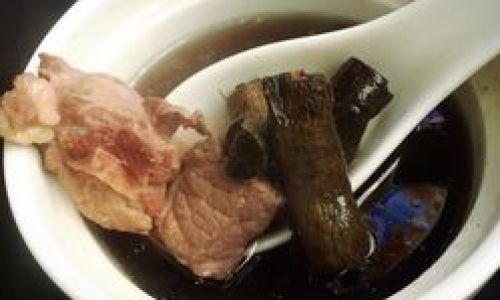
Culinary-wise, Ba Ji’s unique taste—a blend of earthiness, mild bitterness, and subtle sweetness—pairs exceptionally well with savory and aromatic ingredients. When simmered, braised, or steeped, it imparts a rich, umami-like depth to dishes, elevating them from mundane to gourmet. However, mastering its preparation requires attention to detail, as improper cooking can result in a bitter or overly medicinal taste. The key lies in balancing flavors and textures, ensuring the herb’s health benefits shine without overwhelming the dish.
Selecting and Storing Morinda Officinalis
Before diving into recipes, it’s essential to source high-quality Ba Ji. Look for roots that are firm, unbruised, and free from mold. The best specimens are thick, with a vibrant brown color and a slightly waxy exterior. If purchasing dried Ba Ji, ensure it is stored in an airtight container away from direct sunlight to preserve its potency. Fresh roots can be kept in the refrigerator for up to two weeks, while dried varieties last several months when stored correctly.
Preparing Morinda Officinalis for Cooking
Preparation begins with cleaning the root thoroughly. Gently scrub off any dirt or debris under cool water, then pat it dry. Depending on the recipe, Ba Ji can be used whole, sliced, or powdered. For soups and stews, slicing the root into thin rounds or chunks helps release its flavors. For teas or infusions, powdered Ba Ji or small pieces are preferable. Some recipes may call for lightly toasting the root to mellow its bitterness—a technique that enhances its aromatic complexity.
Recipe 1: Nourishing Morinda Officinalis and Chicken Soup
This classic soup is a staple in TCM-inspired cuisine, blending the restorative properties of Ba Ji with tender chicken and aromatic herbs.
Ingredients:
- 1 whole chicken (3–4 lbs), cut into pieces
- 50g dried Morinda officinalis, sliced
- 10g goji berries
- 10g dried red dates
- 1 thumb-sized piece ginger, sliced
- 3 liters water
- 2 tbsp rice wine (optional)
- Salt to taste
Instructions:
- Blanch the chicken: Bring a pot of water to a boil, add the chicken pieces, and parboil for 3–5 minutes to remove impurities. Drain and rinse under cold water.
- Combine ingredients: In a large stockpot, add the chicken, Ba Ji, goji berries, red dates, ginger, and rice wine (if using). Pour in the water.
- Simmer: Bring the mixture to a boil, then reduce heat to low. Cover and simmer for 2–3 hours, skimming off any foam that rises to the surface.
- Season: Add salt to taste and serve hot. The soup’s broth becomes rich and golden, with the Ba Ji imparting a subtle earthiness that complements the chicken’s sweetness.
Tips: For added depth, include a few slices of astragalus root or codonopsis. This soup is ideal for cold seasons or convalescence.
Recipe 2: Braised Pork Belly with Morinda Officinalis
This dish marries the richness of pork belly with the herb’s grounding flavors, creating a melt-in-your-mouth masterpiece.
Ingredients:
- 5 lbs pork belly, cut into 2-inch cubes
- 30g Morinda officinalis, sliced
- 4 garlic cloves, smashed
- 3 slices fresh ginger
- 1/4 cup soy sauce
- 2 tbsp dark soy sauce
- 1/4 cup rock sugar
- 1/2 cup rice wine
- 2 cups water
- 2 star anise
- 1 cinnamon stick
- 1 tbsp cooking oil
Instructions:
- Sear the pork: Heat oil in a Dutch oven over medium-high heat. Add the pork belly and sear until golden brown on all sides. Remove and set aside.
- Sauté aromatics: In the same pot, add garlic and ginger. Stir-fry until fragrant, then add the Ba Ji slices.
- Deglaze: Pour in the rice wine, scraping up any browned bits. Add the soy sauces, rock sugar, star anise, cinnamon, and water. Stir to combine.
- Braise: Return the pork to the pot. Bring to a simmer, then cover and cook on low heat for 1.5–2 hours, until the pork is tender and the sauce thickens.
- Serve: Garnish with chopped scallions. The Ba Ji infuses the pork with a hint of sweetness, balancing the dish’s richness.
Tips: For a healthier twist, use less sugar and substitute pork with chicken thighs.
Recipe 3: Morinda Officinalis and Black Chicken Stew
Black chicken, a dark-fleshed poultry variety, is prized in TCM for its nourishing qualities. Paired with Ba Ji, this stew is a luxurious tonic.
Ingredients:
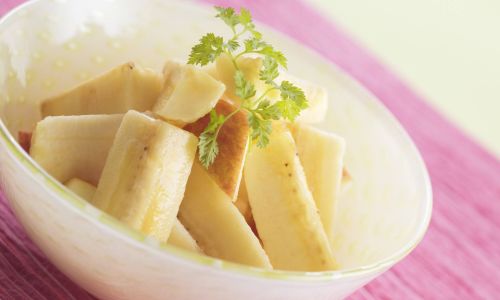
- 1 black chicken (silkie chicken), cleaned and quartered
- 40g Morinda officinalis, sliced
- 20g Solomon’s seal rhizome (Yuzhu)
- 15g dried longan fruit
- 6 cups water
- 1 tbsp wolfberries
- Salt to taste
Instructions:
- Blanch the chicken: Parboil the chicken as described earlier.
- Combine all ingredients: In a slow cooker or heavy-bottomed pot, add the chicken, Ba Ji, Solomon’s seal, longan, and water.
- Cook: Simmer on low heat for 4–5 hours, or until the meat is falling off the bone. Add wolfberries in the last 30 minutes.
- Season: Adjust salt to taste. The stew’s broth is velvety and deeply flavorful, with the Ba Ji adding a gentle warmth.
Tips: Substitute black chicken with regular chicken if unavailable. Serve with steamed rice or glutinous rice.
Recipe 4: Morinda Officinalis Tea with Jujube and Ginger
For a soothing, caffeine-free beverage, this tea combines Ba Ji’s earthiness with the sweetness of jujube and the zing of ginger.
Ingredients:
- 20g Morinda officinalis, sliced or powdered
- 10 dried jujube dates
- 1 thumb-sized piece ginger, sliced
- 4 cups water
- Honey or rock sugar (optional)
Instructions:
- Boil the herbs: In a saucepan, add the Ba Ji, jujube, ginger, and water. Bring to a boil, then reduce heat to a gentle simmer.
- Steep: Cover and simmer for 20–30 minutes. Strain into cups.
- Sweeten: Add honey or rock sugar to taste. This tea is comforting, especially during chilly evenings.
Tips: For a cold brew, steep the ingredients overnight in the refrigerator.
Recipe 5: Morinda Officinalis-Infused Rice Wine
This aromatic wine is a traditional remedy for promoting circulation and warming the body.
Ingredients:
- 100g Morinda officinalis, sliced
- 1 bottle (750ml) uncooked rice wine (such as Shaoxing)
- 1/4 cup rock sugar
- 1 cinnamon stick
- 3 star anise
Instructions:
- Combine ingredients: In a sterilized glass jar, add the Ba Ji, rock sugar, cinnamon, and star anise. Pour in the rice wine.
- Age: Seal the jar and store in a cool, dark place for 3–6 months, shaking occasionally.
- Strain: After aging, strain the wine through cheesecloth. Serve chilled or slightly warmed.
Tips: The longer it ages, the smoother the flavor. Enjoy in moderation.
Creative Twists: Modernizing Morinda Officinalis Dishes
While traditional recipes celebrate Ba Ji’s roots, contemporary chefs are experimenting with innovative applications. Try adding powdered Ba Ji to smoothies for a nutrient boost, or incorporate it into energy bars with dates and nuts. For a savory twist, infuse the herb into olive oil by gently heating sliced Ba Ji in oil for 20 minutes, then straining. Drizzle this oil over roasted vegetables or grilled meats.
Pairing Suggestions and Culinary Tips
- Balance flavors: Ba Ji’s earthiness pairs well with sweet (honey, dates), salty (soy sauce), and aromatic (ginger, garlic) elements.
- Avoid overcooking: Prolonged boiling may make the herb bitter. Add it during the latter half of cooking for delicate dishes.
- Combine with other herbs: Enhance complexity by pairing with astragalus, codonopsis, or angelica root.
Conclusion
Morinda officinalis is more than a medicinal herb—it’s a culinary treasure waiting to be explored. By understanding its flavor profile and employing thoughtful preparation techniques, you can create dishes that nourish the body and delight the senses. Whether simmered in a hearty stew, steeped into a soothing tea, or infused into a gourmet sauce, Ba Ji offers endless possibilities for the adventurous home cook. Embrace its ancient wisdom and savor the harmony of health and flavor in every bite.
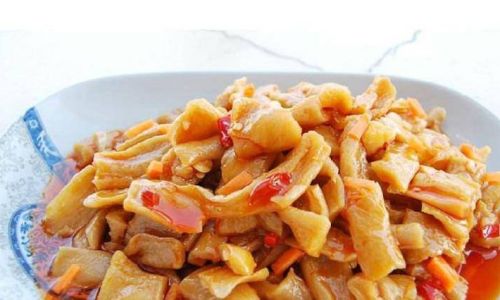
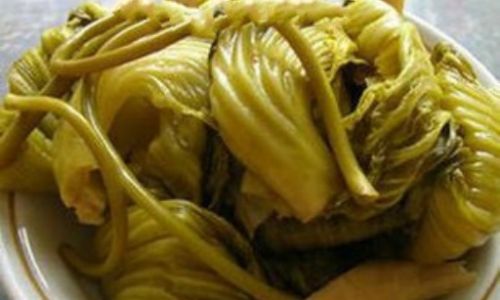

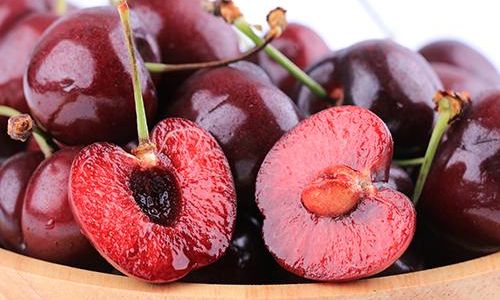
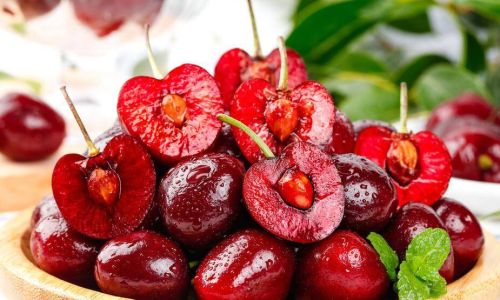
0 comments